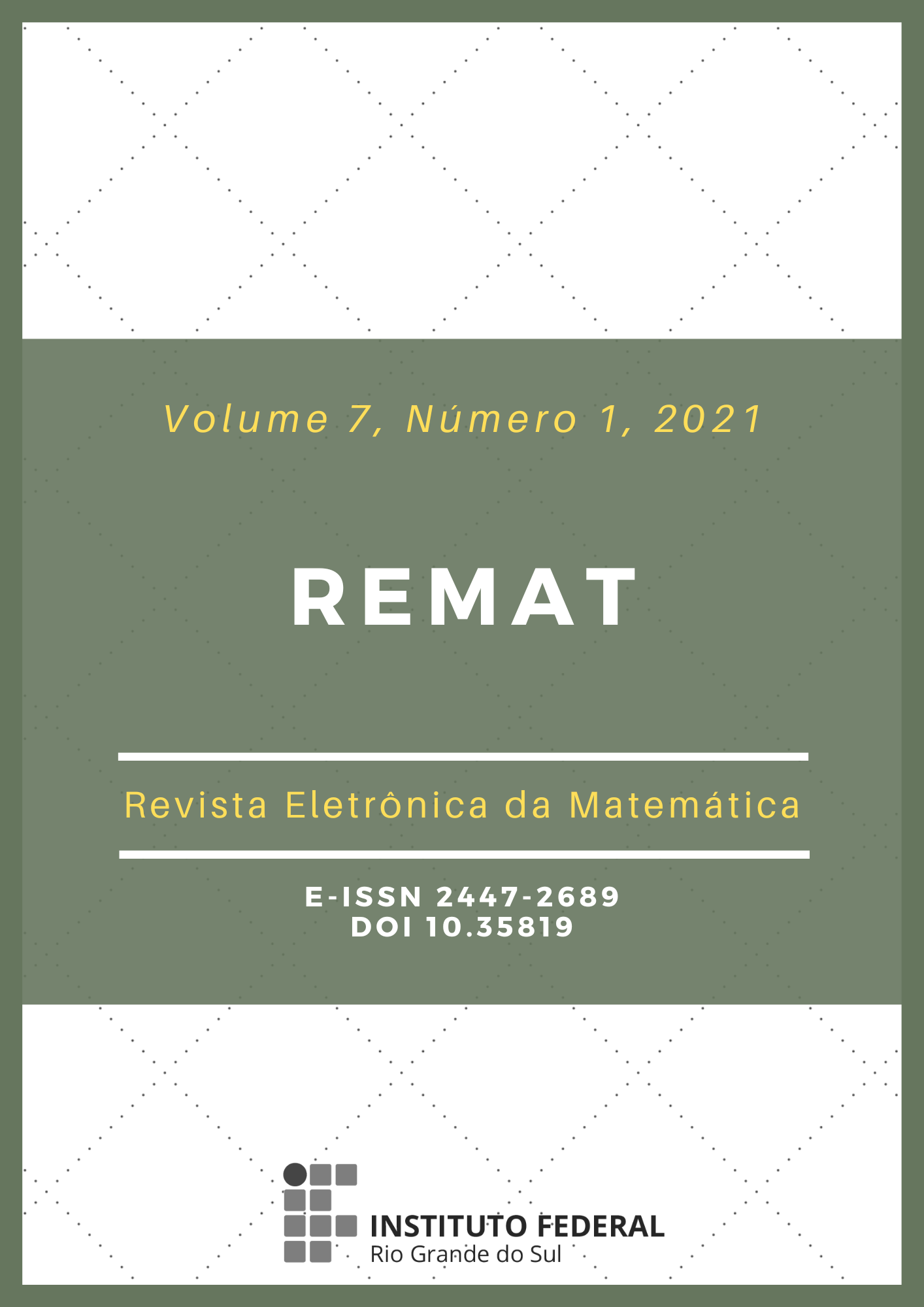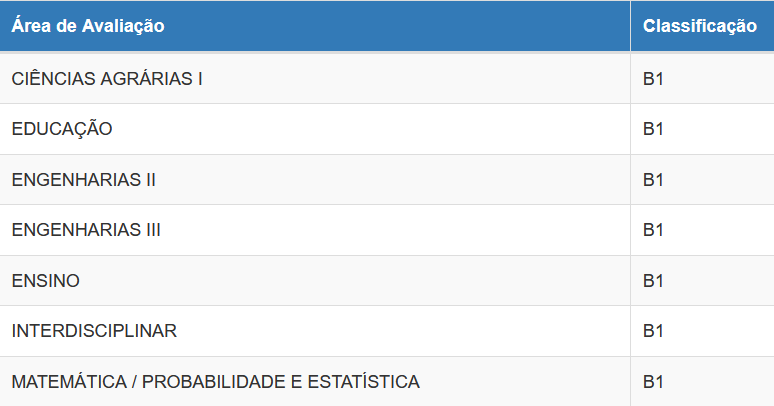Computational development of a numerical model for linear analysis of structural elements of engineering
DOI:
https://doi.org/10.35819/remat2021v7i1id4743Keywords:
Finite Elements, Structures, Computational Code, Engineering, Physics-MathematicsAbstract
The present work focuses on the application and presentation of general aspects about the development of the specific computational module for the linear analysis of plane structures subjected to the action of external loads. This module is part of the solution package of the computer program developed and called NASEN. The numerical programming of the module is designed in a structured way and developed in a MATLAB environment. The physical theory of this module is based on the concepts of one-dimensional structural elements, thin plates and plane elasticity. The solution of the structural models is based on the approximate finite element procedures. Seeking to verify the applicability of the module, the numerical investigation is guided by four physical problems associated with the behavior of one-dimensional beams under elastic base, a thin plate rectangular, a free-clamped two-dimensional beam and a traction plate with a circular hole. The results obtained with the developed program module point to a similar behavior in relation to the reference solutions used in the test cases studied, indicating the precision and good performance of the code.
Downloads
References
ARGYRIS, J. H.; BONI, B.; HINDENLANG, U.; KLEIBER, M. Finite element analysis of two-and three-dimensional elasto-plastic frames-the natural approach. Computer Methods in Applied Mechanics and Engineering, v. 35, n. 2, p. 221-248, 1982. DOI: https://doi.org/10.1016/0045-7825(82)90135-9.
BARES, R.; CANALS, J. M. Tablas para el cálculo de placas y vigas pared. Barcelona: Gustavo Gili, 1970.
CARVALHO, R. C.; FIGUEIREDO FILHO, J. R. Cálculo e detalhamento de estruturas usuais de concreto armado: segundo a NBR 6118: 2014. São Carlos: EdUFSCar, 2014.
CODUTO, D. P.; KITCH, W. A.; YEUNG, M. R. Foundation design: principles and practices. Upper Saddle River: Prentice Hall, 2001.
CZERNY, C. Beton-kalender. Berlim: Wilhelm Ernst & Sohn, 1976.
EULER, L. De Curvis Elasticis, Additamentum I to his Methodus Inveniendi Lineas Curvas Maximi Minimive Proprietate Gaudentes. Lausanne and Geneva: Springer Science & Business Media, 1744.
FRANSSEN, J. M. SAFIR: A thermal/structural program for modeling structures under fire. Engineering Journal, v. 42, n. 3, p. 143-158, 2005.
GEUZAINE, C.; REMACLE, J.-F. Gmsh: A 3-d finite element mesh generator with built-in pre-and post-processing facilities. International Journal for Numerical Methods in Engineering, v. 79, n. 11, p. 1309-1331, 2009. DOI: https://doi.org/10.1002/nme.2579.
HIBBELER, R. C. Resistência dos materiais. São Paulo: Pearson Prentice Hall, 2010.
LEAL, C. E. F. Formulação do método dos elementos finitos para a análise elástica linear de placas delgadas. Orientador: Leandro Waidemam. 2015. 136 f. Trabalho de Conclusão de Curso (Engenharia Civil) - Departamento Acadêmico de Construção Civil, Universidade Tecnológica Federal do Paraná, Campo Mourão, 2015.
LOPES, A. M. G. A versatile software tool for the numerical simulation of fluid flow and heat transfer in simple geometries. Computer Applications in Engineering Education, v. 18, n. 1, p. 14-27, 2010. DOI: https://doi.org/10.1002/cae.20230.
MALISKA, C. R. Transferência de calor e mecânica dos fluidos computacional. Barueri: Grupo Gen-LTC, 2017.
MARTHA, L. F. FTOOL: Um programa gráfico-interativo para ensino de comportamento de estruturas. Versão Educacional 2.11. Rio de Janeiro: PUC, ago. 2002.
MATLAB. Version 7.10.0 (R2010a). Natick, Massachusetts: The MathWorks Inc, 2010.
MAXIMIANO, D. P.; SILVEIRA, R. A.; SILVA, A. R.; GONÇALVES, P. B. An efficient strategy for solving structural nonlinear equations by combining the orthogonal residual method and normal flow technique. International Journal of Structural Stability and Dynamics, v. 19, n. 4, p. 1950039, 2019. DOI: https://doi.org/10.1142/S0219455419500391.
MELERSKI, E. S. Design analysis of beams, circular plates and cylindrical tanks on elastic foundations. London: Taylor & Francis, 2006.
NEVES, N. S. Modelo computacional avançado para análise de estruturas sob ação de gradientes térmicos. Orientador: Macksuel Soares de Azevedo. Coorientador: Rodrigo Silveira Camargo. 2019. 169 f. Dissertação (Mestrado em Engenharia Civil) - Programa de Pós-Graduação em Engenharia Civil, Universidade Federal do Espírito Santo, Vitória, 2019a.
NEVES, N. S. Introdução aos procedimentos de elementos finitos aplicados à Teoria de Vigas de Timoshenko. In: Engenharia no Século XXI, v. 9, 1. ed. Belo Horizonte: Poisson, p. 159-169, 2019b. DOI: https://doi.org/10.36229/978-85-7042-163-0.CAP.18.
NEVES, N. S. Uma introdução aos procedimentos numéricos do método diferenças finitas: um estudo do comportamento de vigas de fundação na engenharia civil. Revista Tecnologia, v. 41, n. 1, 2020. DOI: https://doi.org/10.5020/23180730.2020.10683.
NEVES, N. S.; PINHEIRO, V. P. Determinação do campo de tensão efetiva em um problema vetorial elástico-linear via método de elementos finitos. In: ENCONTRO CIENTÍFICO DE FÍSICA APLICADA, 10, Vitória, 2019. Blucher Physics Proceedings. São Paulo: Editora Blucher, v. 6, p. 85-87, 2019.
NEVES, N. S; SOUZA, R. M.; PINHEIRO, V. P. A importância dos modelos teóricos e técnicas numéricas na construção de um elo com a prática da engenharia estrutural. Revista Eixo, v. 7, n. 1, p. 26-35, 2018. DOI: https://doi.org/10.19123/eixo.v7i1.490.
PAYEN, D. J.; BATHE, K. J. The use of nodal point forces to improve element stresses. Computers & Structures, v. 89, n. 5-6, p. 485-495, 2011. DOI: https://doi.org/10.1016/j.compstruc.2010.12.002.
PIERIN, I.; SILVA, V. P.; LA ROVERE, H. L. Thermal analysis of two-dimensional structures in fire. Revista IBRACON de Estruturas e Materiais, v. 8, n. 1, p. 25-36, 2015. DOI: http://dx.doi.org/10.1590/S1983-41952015000100005.
PITANGUEIRA, R. L. S.; FONSECA, F. T.; FUINA, J. S.; CAMARA, L.; FERREIRA, R. L.; MOREIRA, R. N.; FONSECA, M. T. INSANE - Versão 2.0. In: CILAMCE, 27, Maceió, 2008. Anais... Maceió: UFAL, p. 1-20, 2008.
POPOV, E. P. Introdução à mecânica dos sólidos. São Paulo: Blucher, 1978.
RANGEL, R. L.; MARTHA, L. F. LESM: An object-oriented MATLAB program for structural analysis of linear element models. Computer Applications in Engineering Education, v. 27, n. 3, p. 553-571, 2019. DOI: https://doi.org/10.1002/cae.22097.
REDDY, J. N. An introduction to the finite element method. v. 27. New York: McGraw-Hill, 1993.
SILVA, A. R. D. D.; PRADO, Í. M.; SILVEIRA, R. A. D. M. CS-ASA: a new computational tool for advanced analysis of steel frames. Rem: Revista Escola de Minas, v. 66, n. 3, p. 281-288, 2013. DOI: https://doi.org/10.1590/S0370-44672013000300003.
TIMOSHENKO, S. Resistência dos Materiais. Rio de Janeiro: LTC, 1979.
TIMOSHENKO, S.; WOINOWSKY-KRIEGER, S. Theory of plates and shells. New York: McGraw-Hill, 1959.
TORKAMANI, M. A.; SONMEZ, M.; CAO, J. Second-order elastic plane-frame analysis using finite-element method. Journal of Structural Engineering, v. 123, n. 9, p. 1225-1235, 1997. DOI: https://doi.org/10.1016/j.engstruct.2010.04.033.
WEST, H. H. Analysis of structures, an integration of classical and modern methods. New York: John Wiley & Sons, 1989.
ZIEMIAN, R. D.; MCGUIRE, W. Modified tangent modulus approach, a contribution to plastic hinge analysis. Journal of Structural Engineering, v. 128, n. 10, p. 1301-1307, 2002. DOI: https://doi.org/10.1061/(ASCE)0733-9445(2002)128:10(1301).
ZIENKIEWICZ, O. C.; TAYLOR, R. L. The finite element method for solid and structural mechanics. Elsevier, 2005.
Downloads
Published
How to Cite
Issue
Section
License
Copyright (c) 2021 REMAT: Revista Eletrônica da Matemática

This work is licensed under a Creative Commons Attribution 4.0 International License.
REMAT retains the copyright of published articles, having the right to first publication of the work, mention of first publication in the journal in other published media and distribution of parts or of the work as a whole in order to promote the magazine.
This is an open access journal, which means that all content is available free of charge, at no cost to the user or his institution. Users are permitted to read, download, copy, distribute, print, search or link the full texts of the articles, or use them for any other legal purpose, without requesting prior permission from the magazine or the author. This statement is in accordance with the BOAI definition of open access.

































